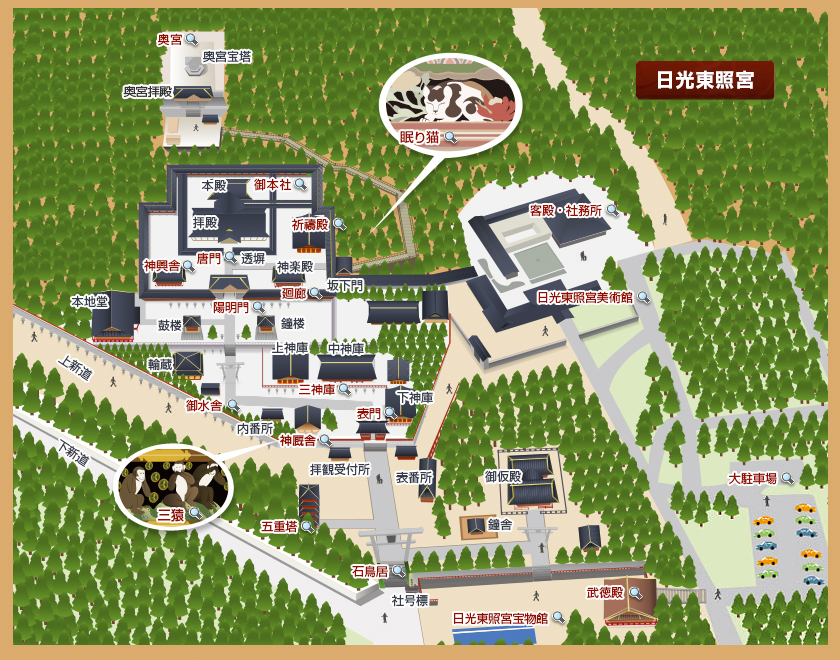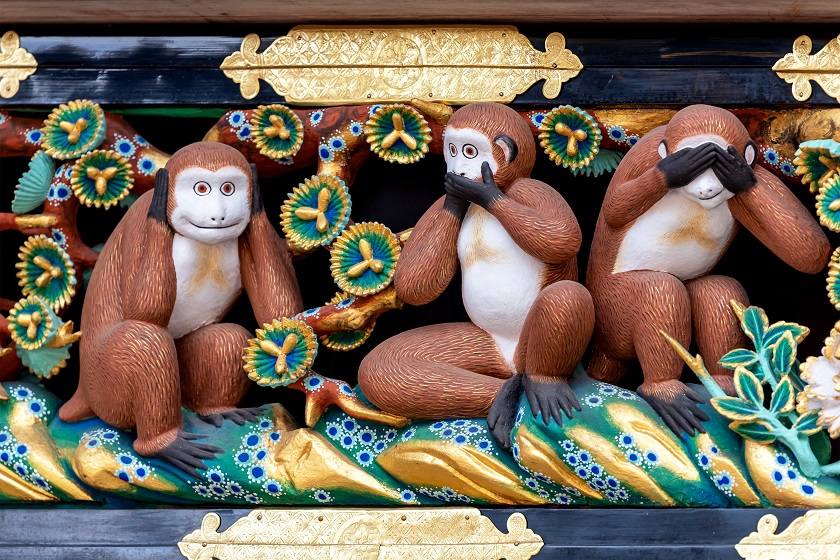History
Nikko Toshogu Shrine is dedicated to Tokugawa Ieyasu, the first Tokugawa Shogun, and was established in 1617. Ieyasu was born on December 26, 1542, at Okazaki Castle in Mikawa Province (Okazaki City, Aichi Prefecture). He established order and organization in the world, promoted learning and industry, and laid the foundation for peace and culture during the 260 years of the Edo period, contributing greatly to the development of modern Japan.
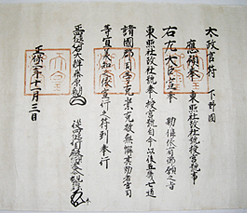
Imperial succession(Gugousenge)
Ieyasu Ieyasu passed away at Sunpu Castle (Shizuoka City, Shizuoka Prefecture) on April 17, Genna 2, at the age of 75, and was immediately buried at Kunouzan. According to his will, the shrine was moved from Mt. Kunou to its current location on April 15, Genna 3, one year later. On April 17 of the same year, the Shoshugu was solemnly performed in the presence of the second Shogun, Hidetada, and other dignitaries, and the shrine was reestablished here as Tosuteru Shrine. The shrine was then named Toshogu Shrine in 1645, when it was given the name of the shrine.
The present main shrine buildings were rebuilt by the third Shogun, Iemitsu Iemitsu, in 1636.
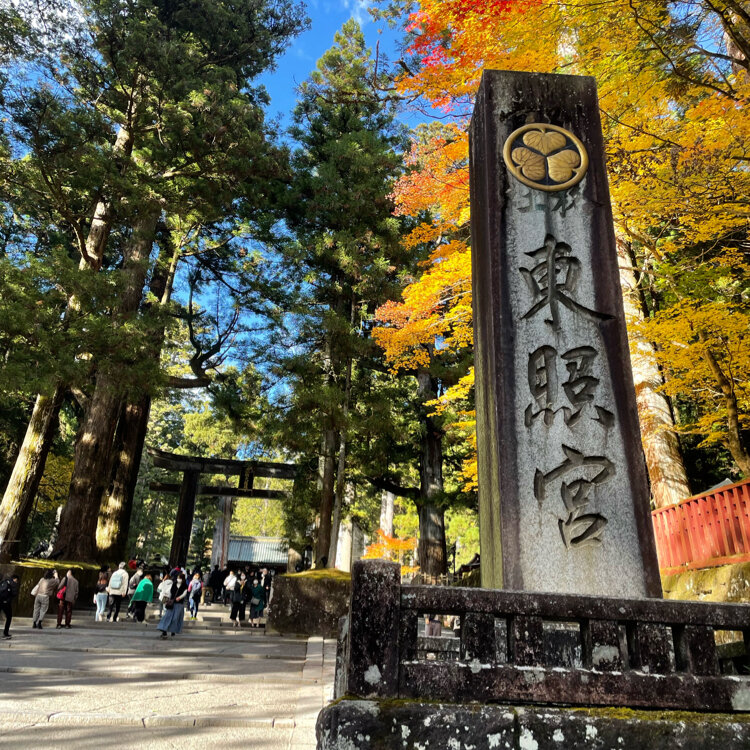
The Present.
Most of the current shrine buildings were rebuilt in 1636, 20 years after the shrine’s foundation. The construction of 55 buildings, including the Yomeimon Gate (a national treasure), cost 568,000 ryo of gold, 100 kan-monme of silver, and 1,000 koku of rice (from “Nikko Yamatotosho Daigongen-sama Goken Gyoen Mokuroku”). The temple was completed in only one year and five months.
The precincts of the shrine are characterized by the use of paths and stairways that take advantage of the natural topography, and the well-balanced arrangement of the shrine pavilions, which create a solemn religious space. The buildings are decorated with lacquer and rich colors, and the pillars are adorned with numerous carvings, which are not mere designs, but rather express forms of faith, learning, and thought.
They are not mere designs, but rather representations of forms of faith, learning, and thought.
The shrine pavilions were registered as a World Cultural Heritage in December 1999.
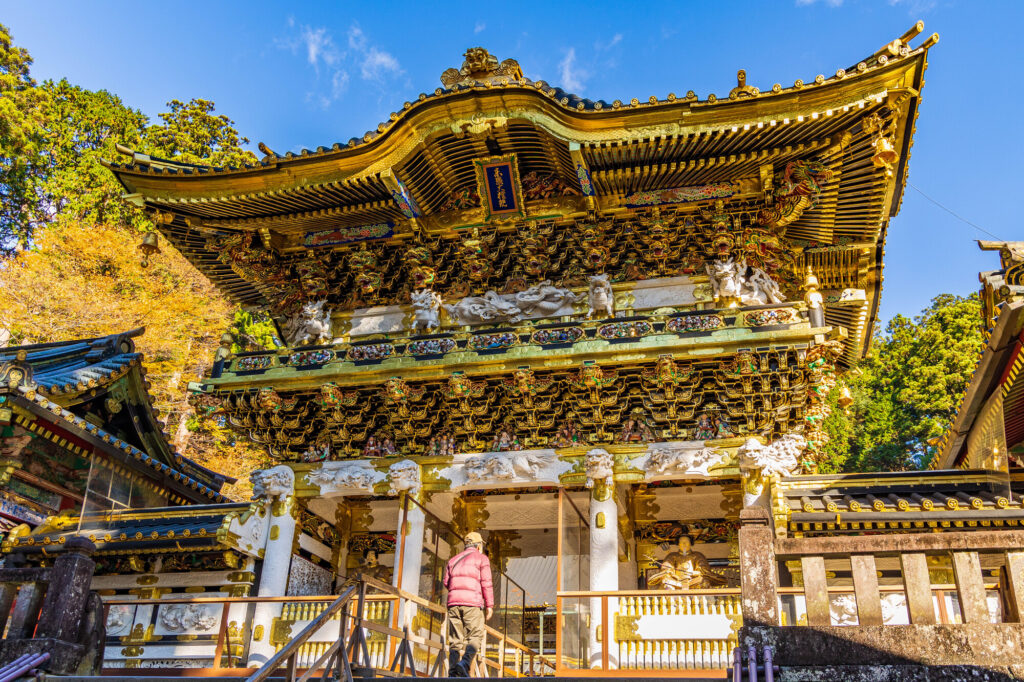
How to enjoy Nikko Toshogu Shrine
Nikko Toshogu Shrine is located in the mountains and it is a long walk to reach the shrine grounds. Here are two restaurants where you can eat a hearty meal to nourish your body before visiting the shrine.
Nikko Gourmands Wagyu Beef
Nikko Gourmands Wagyu Beef is an exquisite gourmet dish that will melt your cheeks to the ground by utilizing the characteristics and fibers of the Wagyu beef parts through Japanese cooking methods rather than cooking methods imported from the West. Cleanse your stomach with some good food before going to the shrine.
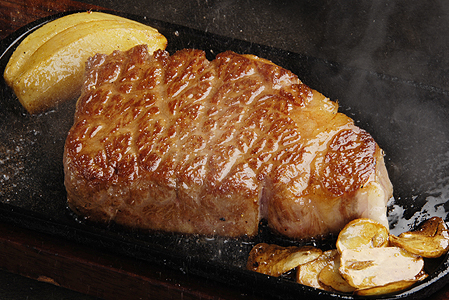
Nikko Yubamaki All ZEN
It would be a shame to come to Nikko and not try this Nikko specialty, yunamaki. Nikko Yunamaki, a new specialty, consists of Tochigi Wagyu beef, local seasonal vegetables and seafood wrapped in Yunami, a specialty of Nikko City, Tochigi Prefecture. You can enjoy the freshness of the season’s best dishes. Yunami is healthy, so even dieters can eat it without hesitation.


Access
・Access by train
Asakusa ~ Tobu Nikko (Limited Express Kegon) : Approx. 1hr 50min
Asakusa ~ Shimoimoichi ~ Tobu Nikko (Limited Express Kinu + local train): Approx. 1 hour 50 minutes
Asakusa ~ Tobu Nikko (Tobu Railway Rapid): Approx. 2hr 5min
Shinjuku ~ Tobu Nikko (JR Limited Express Nikko) : Approx. 2 hours
Utsunomiya ~ Nikko (JR Nikko Line): Approx. 45 min.
・Access by car
From the Utsunomiya IC of the Tohoku Expressway, take the Nikko Utsunomiya Road and exit at the Nikko IC.
2 km from the Nikko IC.
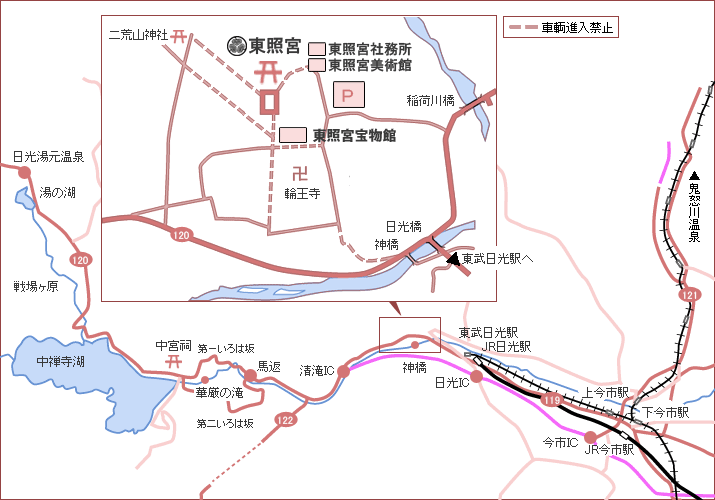
・Toshogu Grand Parking Lot
(1) Usage: Open all year round
(2) Parking fee (one car per day, one time)
standard size car 600 yen
Microbus 1,200 yen
Large bus 2,000 yen
Regular cars: 200 vehicles can be parked.
Reservations are required 7 days in advance. No parking on Saturdays, Sundays, national holidays, and days with special events.
